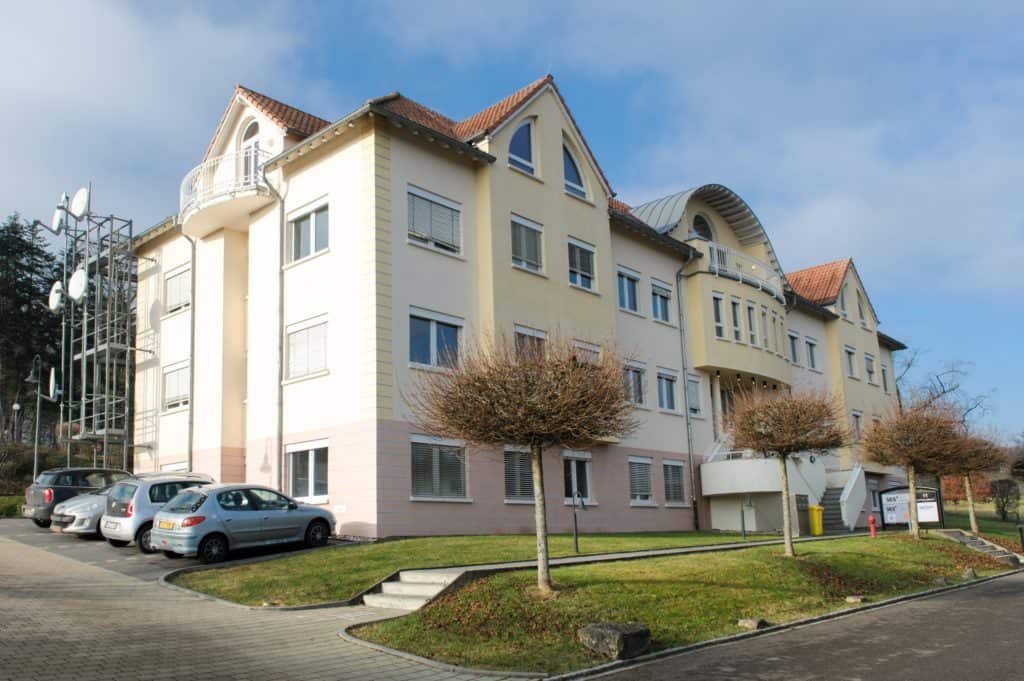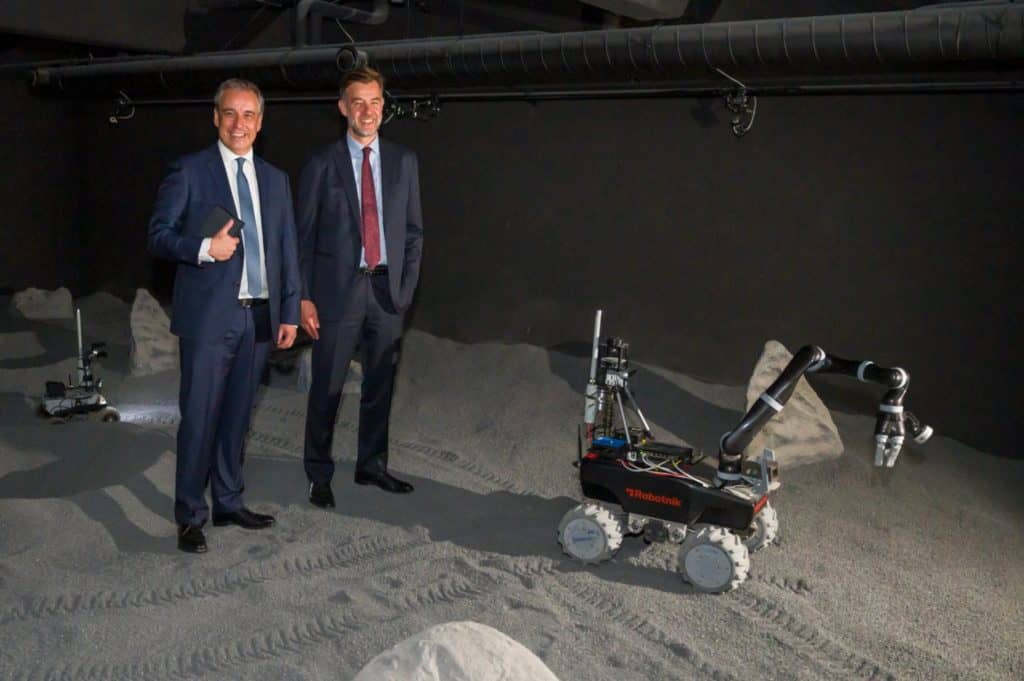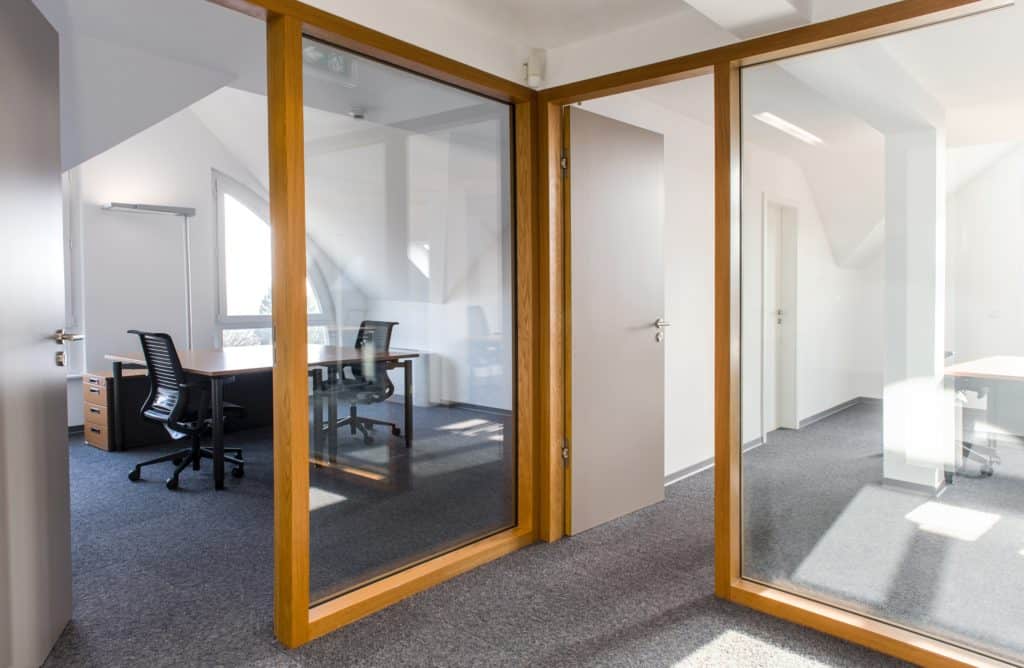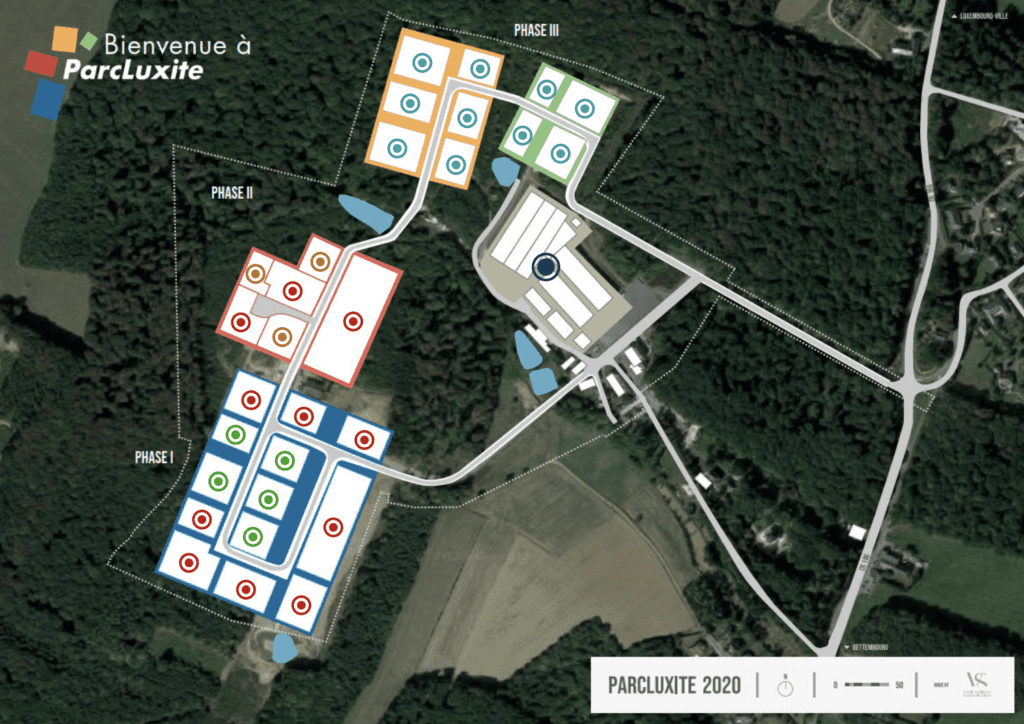By 2026, the LSA expects Luxembourg’s new Space Campus to be up and running, providing a range of services to both private and public space actors. While many details about the future campus remain shrouded in mystery still, Silicon Luxembourg got some inside details.
When the minister of economy, Franz Fayot, and the minister of higher education and research, Claude Meisch, presented the concept of the Space Campus in August 2022, it came as a relief to the entire local space ecosystem.
With more than 75 businesses and research laboratories and around 1,200 employees active in the space ecosystem, it was high time to increase the amount of infrastructure to house them. This need had also been directly expressed by the space companies based in Luxembourg.
“The space startups coming to Luxembourg quite often start their journeys in an incubator (such as Technoport for example) but then run into some trouble finding a place to develop their activities in a second phase. The Space Campus should bring a solution to this problem,” explained Marc Serres, CEO of the LSA.
Currently, space startups are limited in their options and while some can find shelter in the SES Space Hub, their facilities are not sufficient for all types of spacetechs.
Two sites, two purposes
Built with the goal to “create specific geographic areas in Luxembourg dedicated to space business activities and space research,” the Space Campus will comprise two separate sites: the main site and the research site.
While the main site (7 hectares) will be located in Kockelscheuer in ParcLuxite and will be used for high-tech activities, the HQ of the LSA as well as any other commercial activities, the research site (69 acres) will be located in Belval and bring together the activities of SnT and ESRIC.
“Having research actors located next to each other facilitates knowledge and information sharing, and thereby the creation of a dynamic research community”
Marc Serres, CEO of the Luxembourg Space Agency
Since Belval is not big enough to meet the commercial needs of the ecosystem and the current incubators and space hubs aren’t up to par either, the main site will be constructed with a test centre as well as an incubator for commercial space actors.
“Being able to regroup the Luxembourg space players in one location will contribute to the dynamism of the ecosystem, and to the creation of a long-lasting space community in Luxembourg, fostering information exchange and partnerships at the national level,” commented Marc.
One of the defining features of the Space Campus, the test centre (3,000m2) will enable space players to run a wide range of tests and ensure that all of their equipment works as planned. This includes satellites, rovers and robotics among others and is expected to be a real added value to the ecosystem.
“Such infrastructure is not easily accessible in Europe and is too expensive for individual companies to invest in. As such it will be an important support measure for the development of the space ecosystem in Luxembourg,” added Marc.
While both sites will be separated geographically, Juliette assured that “connections will be made between the two sites to facilitate collaborations and the commercialisation of research applications”.




Startups or mature companies?
Although it still appears unclear whether startups or mature companies will be prioritised for the main site of the Space Campus – “no priority criteria have been set” – it seems likely that more mature companies will get the edge.
As put it Marc Serres, CEO of the LSA: “In the space sector in general, we are at the forefront of innovation so startups are obviously an important element of the strategy. However, we have also seen that it can be important to help existing companies establish a new arm in Luxembourg.”
Striking a balance between supporting new innovations and existing ones will be a challenge, however, with the expertise of the growing sector behind the LSA and ESRIC, a fair equilibrium will surely be found.
This article was first published in the Silicon Luxembourg magazine. Get your copy.

